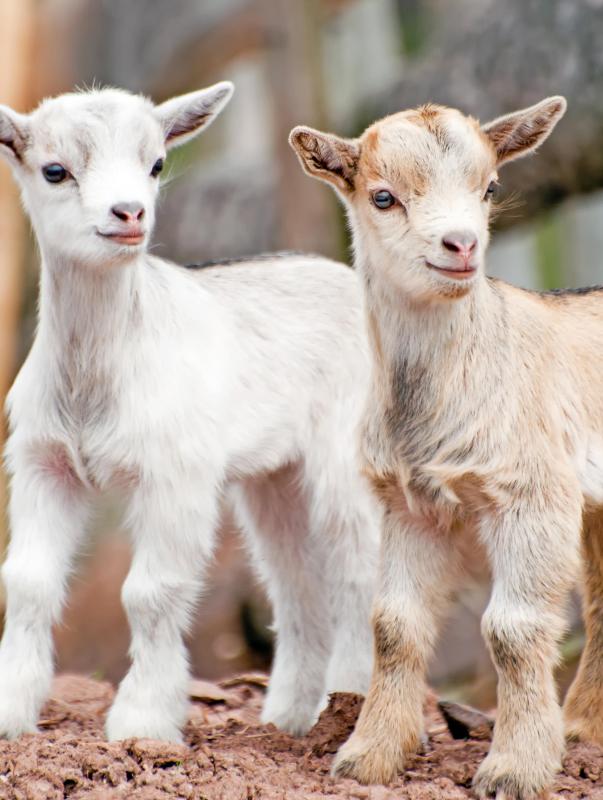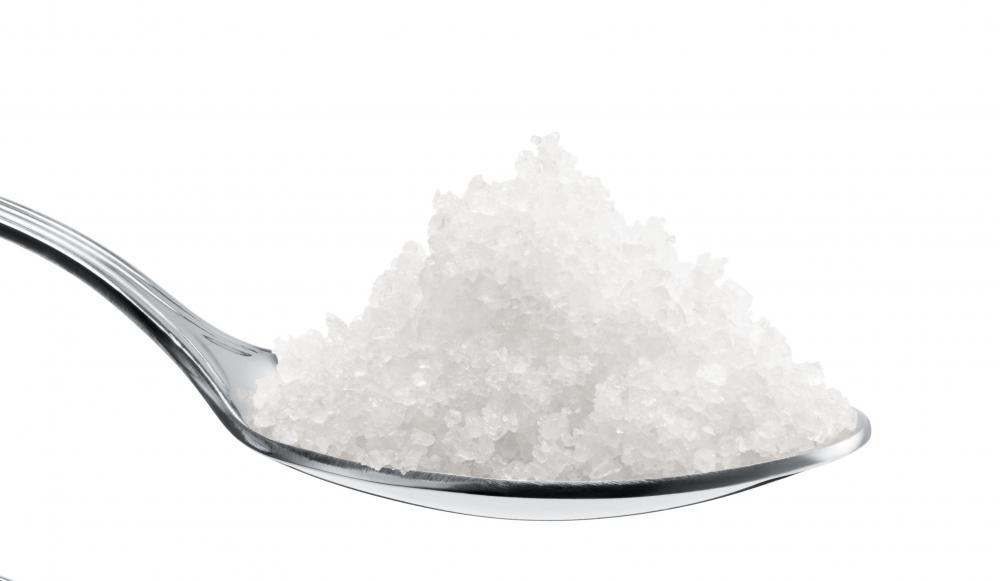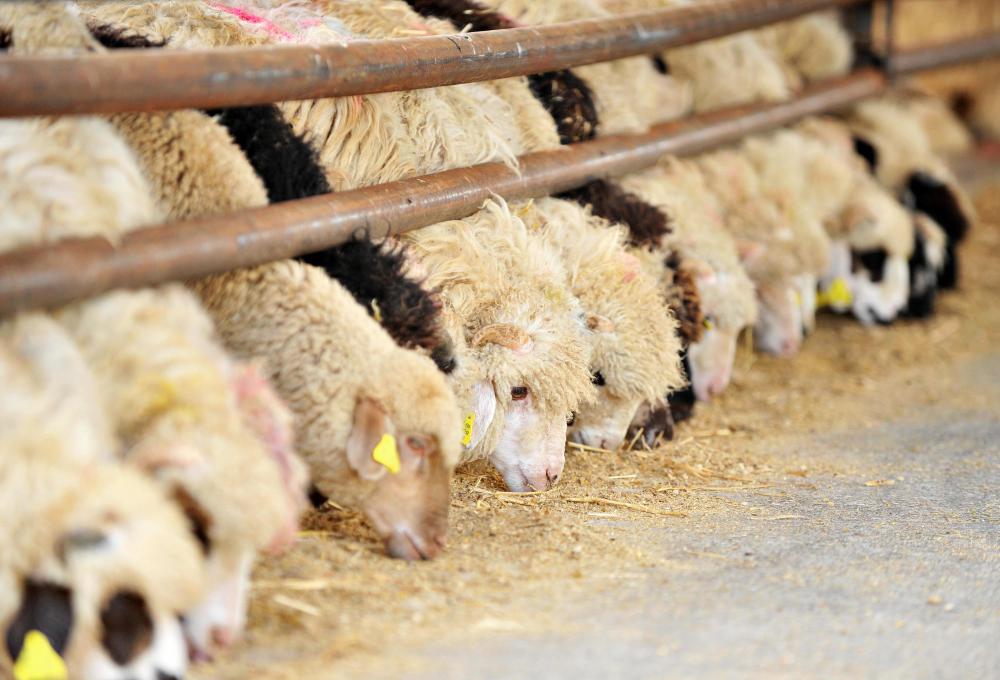At DelightedCooking, we're committed to delivering accurate, trustworthy information. Our expert-authored content is rigorously fact-checked and sourced from credible authorities. Discover how we uphold the highest standards in providing you with reliable knowledge.
What is Feta?
Feta is a cheese traditionally made from the milk of goats in Greece, although versions made from the milk of cows and sheep is also available. It is probably the most famous and important culinary export of Greece, and is popular all over the world, eaten on a wide variety of foods from pizzas to salads. Feta has a distinct briny taste and crumbly texture that is recognizable to a large number of cheese consumers, and it is considered by many to be among the finest of cheeses. A number of nations make versions of their own, although Greece continues to be the largest exporter of the cheese.
Probably one of the earliest known cheeses, feta has been manufactured all over the Greek isles for centuries. Homer himself wrote about it, describing how the gods made their cheese. In Greece, most of the land is too rocky and grass is sparse to nourish cattle, who are extremely resource heavy. As a result, many traditional Greek foods rely on the goat, a highly adaptive, intelligent animal well suited to the Greek landscape. In Greece, this cheese is often eaten as a main course, with many farmers subsisting through long days on blocks of feta eaten with olives.

Because feta is such an important part of Greek culinary history, it has been proposed that the European union apply a protection of designated origin control to some cheeses. If the cheese is made in accordance with a set of exacting standards by certain dairies in Greece, it could be labeled as a protected cheese, assuring consumers that they are consuming true feta and an authentic piece of Greek history. This would also ensure that the traditional way of making the cheese on small farms would be preserved.

Traditionally, feta is made with unpasteurized milk that is heated and mixed with rennet to form curds. The curds are drained to remove the whey before being cut and wrapped tightly in cheese cloth, which will form the curds into loose blocks of cheese. Under pressure, the blocks firm up, and are placed in brine to cure. It is sometimes referred to as a pickled cheese, because it is ripened and matured in brine for six to eight weeks, and will dry up if taken out. True goat feta is very soft, and most of the cheese for export is made from the milk of sheep and cows because it holds up much better.

Feta is a pure white, crumbly cheese with a salty, milky flavor. Consumers who dislike the salty taste may soak the cheese in fresh water to leach out some of the salt, or use less salt in dishes that the cheese is used in. Because feta will dry up if taken out of water, it is usually sold packed in water or oil, and should be kept so packed until use.
AS FEATURED ON:
AS FEATURED ON:














Discussion Comments
@anon165347 - "goat cheese" is any cheese made with the milk of goats. Feta is a particular style of cheese using at least 70 percent sheep's milk - no cow milk allowed (in the EU).
i wanted to know if feta and goat cheese were the same and evidently they are just a different country of origin, France versus greece.
Feta is a cheese traditionally made from the milk of goats in Greece.
Feta is only from sheep (until 70 percent) and goat(until 30 percent) milk. If there is cow's milk, it isn´t feta.
When buying feta cheese, I prefer the one packaged together with brine. Brine keeps the cheese moist and creamy, and the cheese has superior flavor.
Post your comments